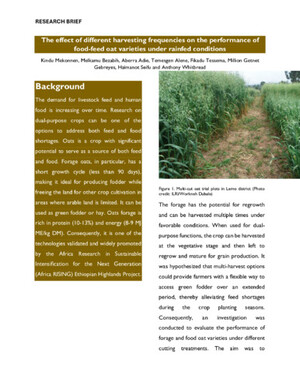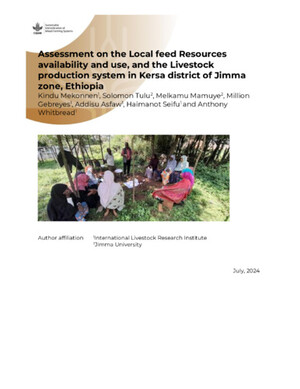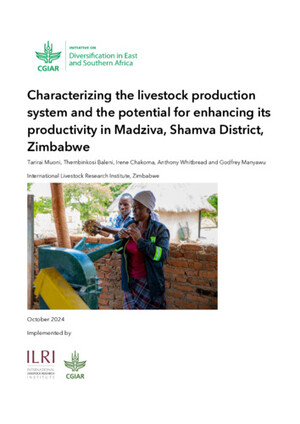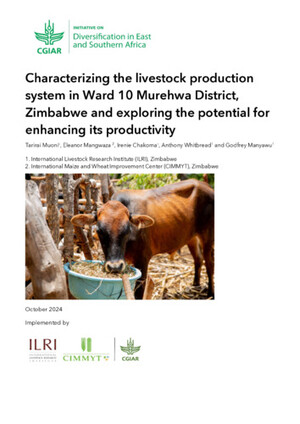
Characterization of the spatial distribution of farming systems in the Kenyan Highlands
Abstract
Land cover change maps are not sufficient to identify subtle changes in land use and farming systems. This paper describes a method that is developed to identify the spatial distribution of farming system types without the need to extensively map all farming systems across a large region. Moreover, it explains differences between farming systems based on spatial variation in environmental and socio-economic conditions. In the study area farming systems were characterized and classified based on the criteria area under cultivation of both food and cash crops, milk production and the usage of fertilizers. Logit models were fitted to explain differences in farming system using location factors and household characteristics. A model based on an integrated set of household and location factors best described the diversity of farming systems across the region. However, the location factors alone also described a larger part of the diversity. The spatial variation in location factors and household characteristics were used to determine the likelihood of occurrence of the different farming systems across the study area. By assigning the farming system to a location that best fits the local conditions based on the logit model a regional level farming systems map for the Kenyan Highlands was created. The methodology provides a tool of analyzing spatial variation in farming systems complementary to the analysis of farming systems at the household level and gives insight in the spatial determinants of these systems.
Citation
Steeg, J.A. van de., Verburg, P.H., Baltenweck, I., and S.J. Staal. 2009. Characterization of the spatial distribution of farming systems in the Kenyan Highlands. Applied Geography. 30(2):239-253.










